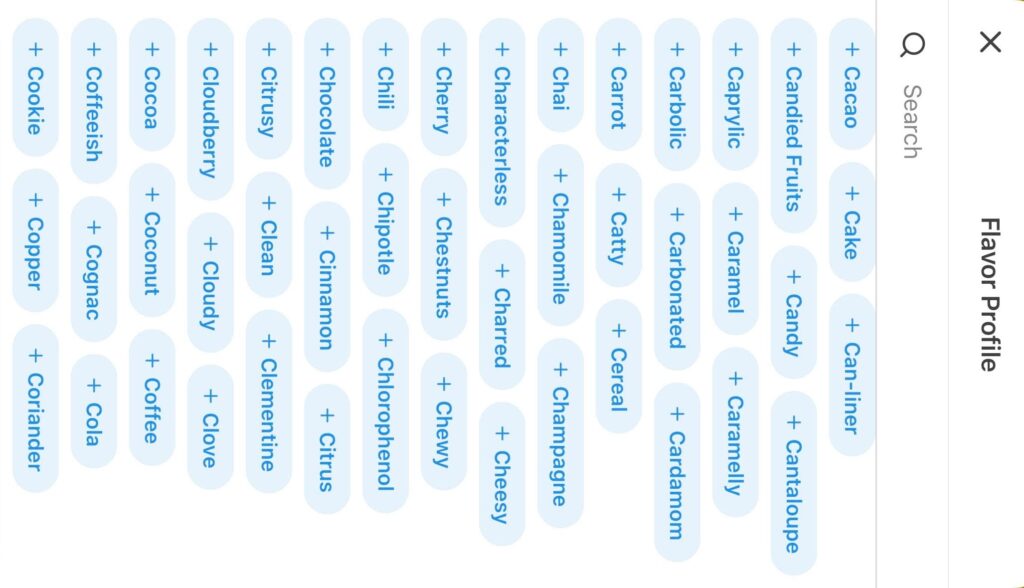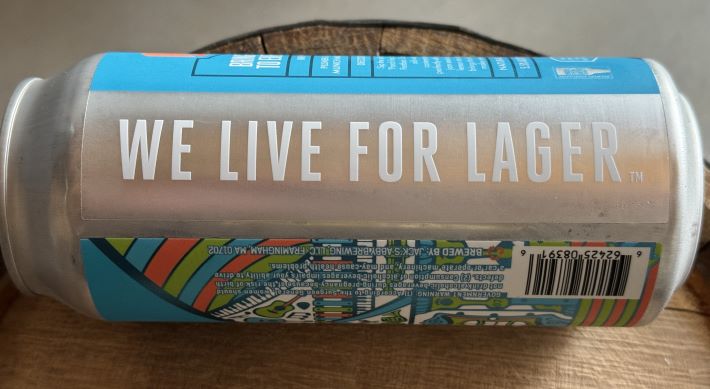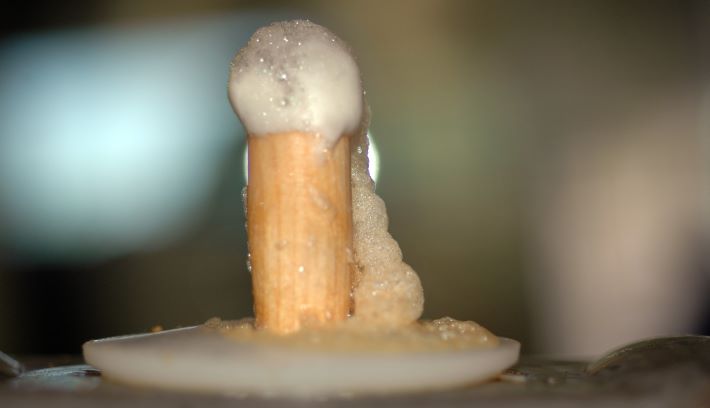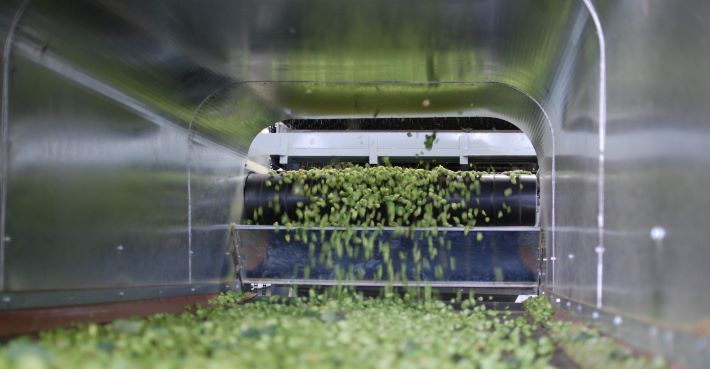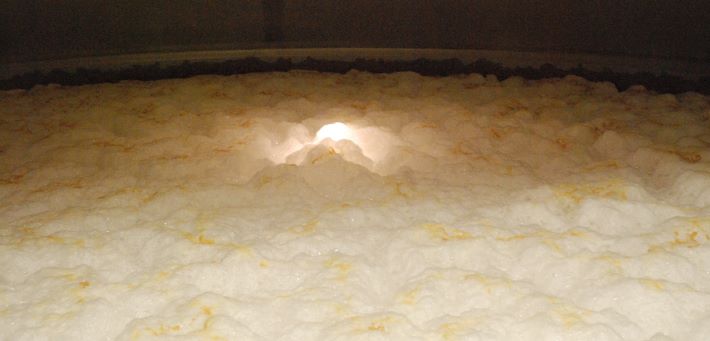
Lager fermenting at Brauerei Schönram in Bavaria
A Washington Post story yesterday discusses how “scientists in Chile harnessed the biodiversity of Patagonia to make novel yeast hybrids, potentially paving the way for new lager beer flavors.”
Early on, the principal investigator (that means he has skin in the game), says, “All the lager beers that we drink now come from a single event from a yeast generated 500 years ago. That makes most of the lager beers quite similar.”
Coincidentally, last week Good Beer Hunting posted almost 4,000 words about lager yeast.
My nit to pick in the first is that lagers don’t have to taste quite similar. In the second, this is not what I think the best brewers do: “When we think about the history of lager, we’re talking about the history of brewers and scientists trying to understand how to get yeast to do what they want.” My experience is that the real skill is figuring at what yeast want and giving it to them. That’s when the magic happens.
The strains coming out of Patogonia may well produce unique flavors, but that’s no excuse to diss what brewers are already using. In “Modern Lager Beer,” the authors point out that there are “notable difference even within lager strains bearing the same 34/70 moniker.”
Two brewers traveled around Bavaria sourcing yeast directly to assist Brewing Science Institute mapping out variations. The samples they selected displayed differences in maltotriose fermentation, attenuation, sulfur production, acetyaldehyde production, diacetyl removal, and ester production. The authors also cite research that confirms that lager strains adapt to their environment, finding that chromosomal variations can begin to occur within a dozen generations.
~~~~~~~~~~~~~~~~~~~~~~~~~~~~~~~~~~~~~~~~~~~
LEDE OF THE WEEK
DEI is so 2021. For many in the beer industry, as well as in the wider world, diversity, equity and inclusion has become old news, no longer worthy of column inches.
“I believe that the progress of social advocacy work in craft beer is in danger of stalling out completely or even rolling backward,” academic, activist and DEI professional Dr. J. Jackson-Beckham stated in a post on Crafted For All in September 2023. It echoed the feelings of many other DEI activists and advocates in the industry: One of powerlessness, frustration, and lack of support and progress has led to large-scale burnout.
— From Apathy Has Rained On Me — On DEI Burnout in the Beer Industry
Read more
